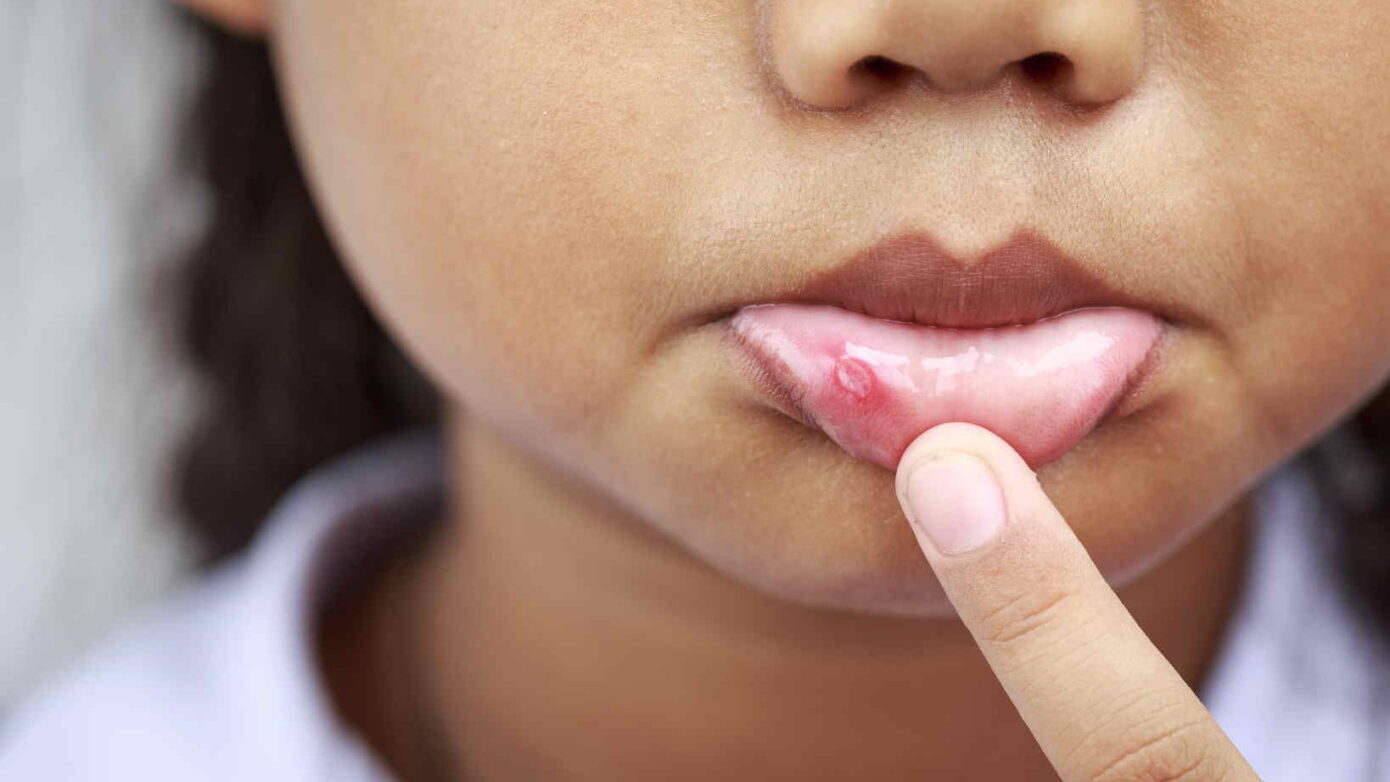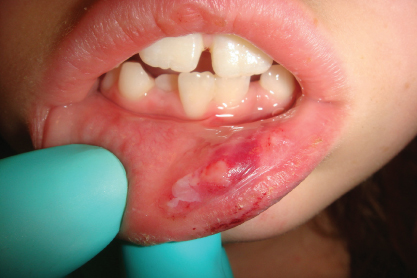Bad breath, or halitosis, can be a common concern for children, caused by various factors such as oral bacteria, postnasal drip, food debris between teeth, gingivitis, and even breathing patterns. To combat this issue and ensure your child maintains fresh breath and good oral health, here are some key preventive measures to consider:
1. Tongue Cleaning
The back of the tongue is a hotspot for bacteria and food debris accumulation. Encourage gentle cleaning of the tongue’s surface with a soft-bristled brush or a tongue scraper to reduce odor-causing bacteria.
2. Tooth Brushing and Flossing
Regular brushing and flossing are essential to remove food particles and bacteria between teeth. The American Dental Association recommends flossing in combination with brushing to prevent halitosis and gum disease.
3. Nose Breathing
Encourage your child to breathe through their nose rather than their mouth. Nose breathing helps maintain a moist environment in the mouth, promoting saliva flow that naturally combats oral bacteria.
4. Hydration
Ensure your child drinks plenty of water throughout the day. Adequate hydration stimulates saliva production, which helps cleanse the mouth and reduce bacterial growth.
5. Healthy Habits
Starting the day with a nutritious breakfast can stimulate saliva flow and reduce oral bacteria. Additionally, chewing sugar-free gum can help increase saliva production.
6. Professional Care
Regular dental check-ups are crucial for maintaining good oral health in children. Professional cleanings can remove plaque, tartar, and address any underlying issues contributing to bad breath.
By incorporating these preventive measures into your child’s daily routine, you can help them maintain fresh breath and optimal oral hygiene. Remember, good oral habits established early on can lead to a lifetime of healthy smiles!





